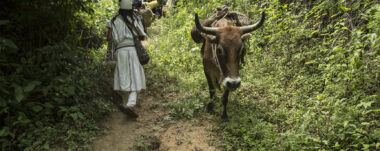Abyssal Fauna: Secrets Hidden in the Ocean Depths
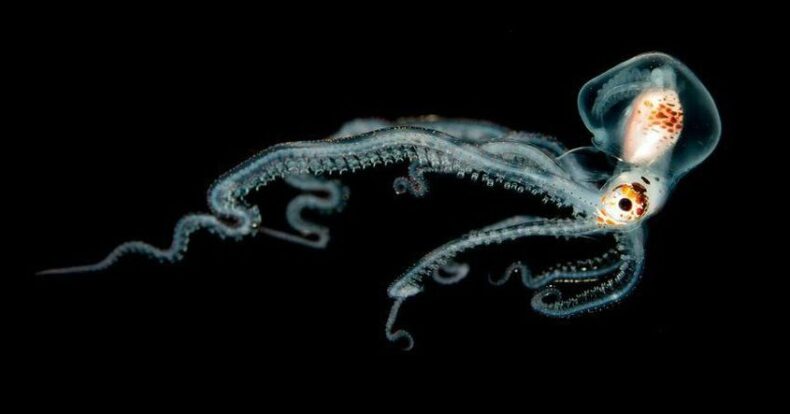
In the ocean’s abyssal depths we can find the most hostile environment in the world, but even there we find unique life forms.
The Abyssal Zone: A Realm of Darkness and Challenges.
The characteristics of the abyssal zone pose a great difficulty for the development of life. Light is lacking in this region, where the temperature ranges from 0 ºC to 3 ºC. As a result, the scarcity of nutrients makes it difficult for the species that inhabit it to feed and develop. Also, the hydrostatic pressure increases as one descends.
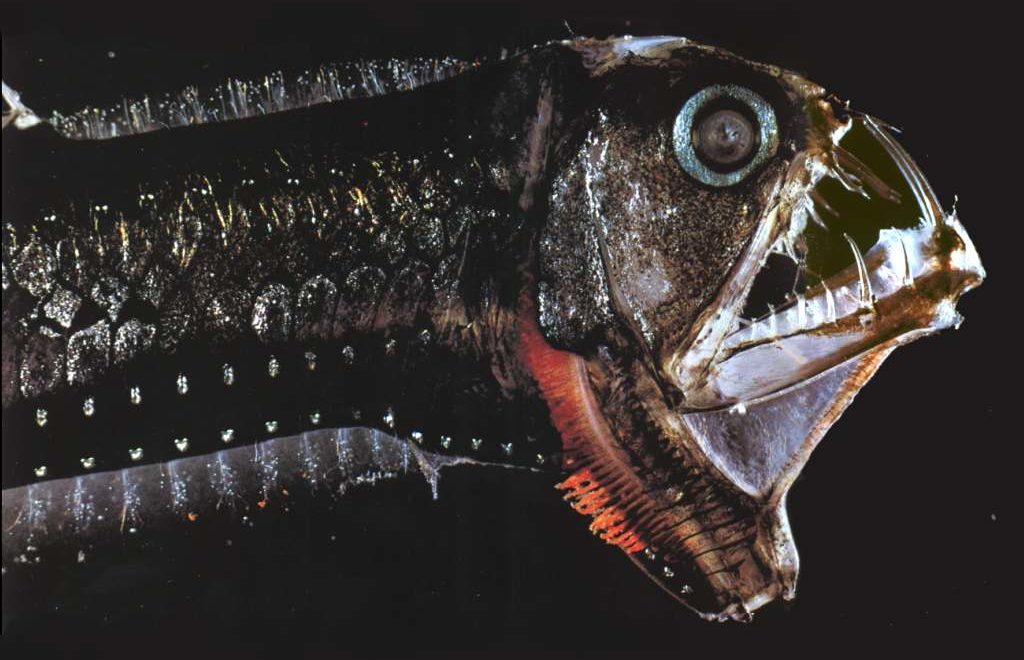
At several meters below sea level, where light does not reach, there are thousands of species that have made the deep sea their habitat.
Viperfish, telescope octopus or vampire squid may evoke images of monstrous creatures, but these are just a few of the thousands of species that inhabit the deep sea, according to data compiled by the Census of Marine Life.
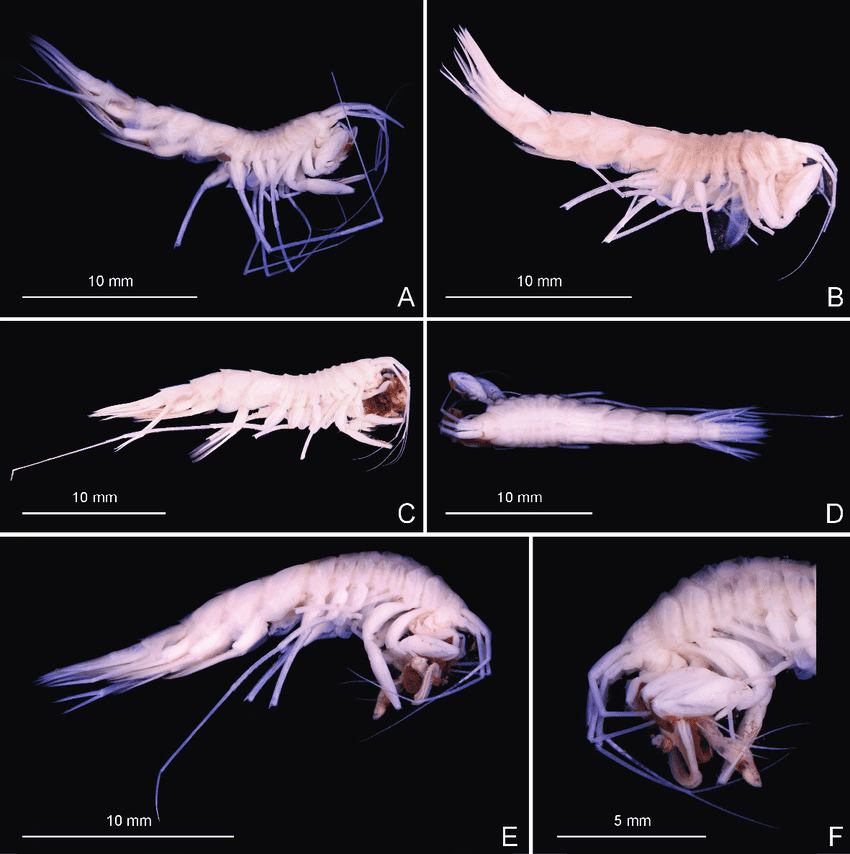
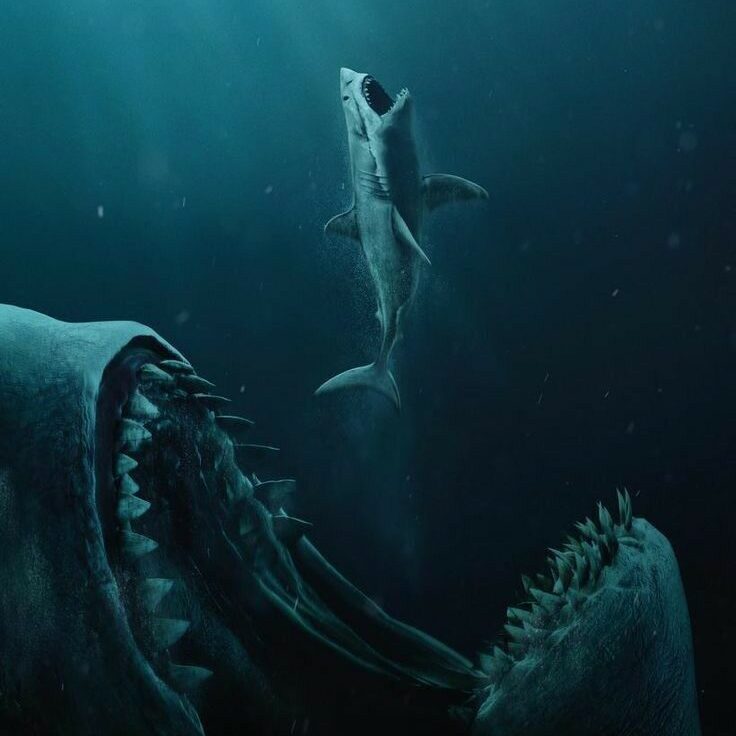
Despite advances in underwater exploration, however, scientists agree that more than 80% of the ocean floor has yet to be thoroughly investigated, meaning that we have barely begun to unlock the secrets of these depths.
This means that the extreme conditions in the abyssal depths, such as the scarcity of nutrients and hydrostatic pressure, make it difficult for large organisms to form. The lack of food and a metabolism adapted to low temperatures would limit the growth of species. Besides, the low availability of oxygen and the need to conserve energy in such an inhospitable environment could influence the adaptation of organisms to smaller sizes.
The fascinating underwater life of Costa Rica.
Surprising discoveries about life in the abyss have been made at various points along the Pacific coast of Costa Rica. Some of the species found are:
- Chimaera, also known as Ghost Shark:The Hydrolagus trolli chimera has a protruding head, with black circles around the eyes and a body up to 120 centimeters long.
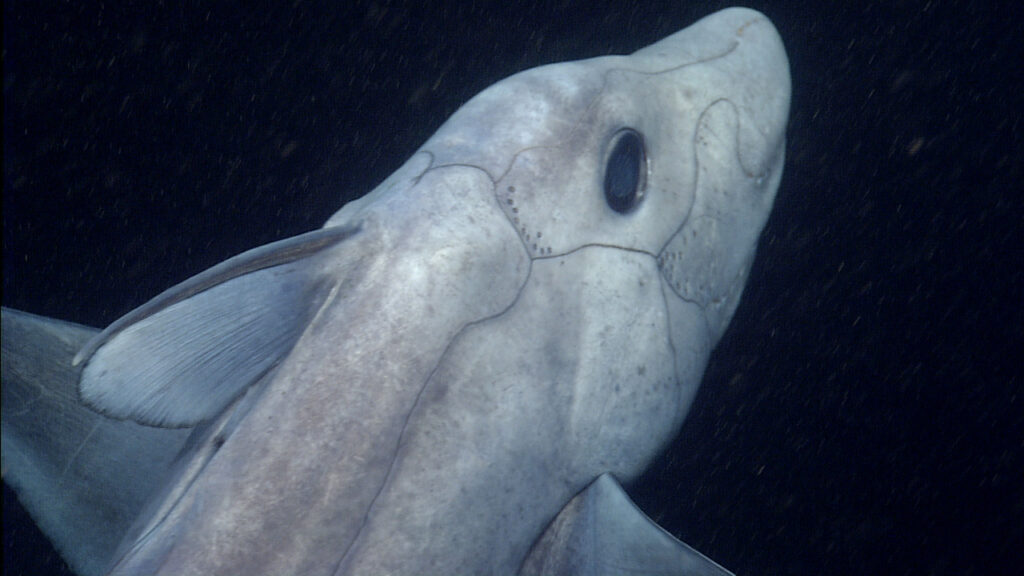
- An ophiruid, or brittle star: they have a small, flattened body formed by a disk rounded by five very thin and long articulated arms that emerge abruptly from the central disk and may be branched. Their name means “snake-like”, because of the way they move their arms when they push on the substrate.
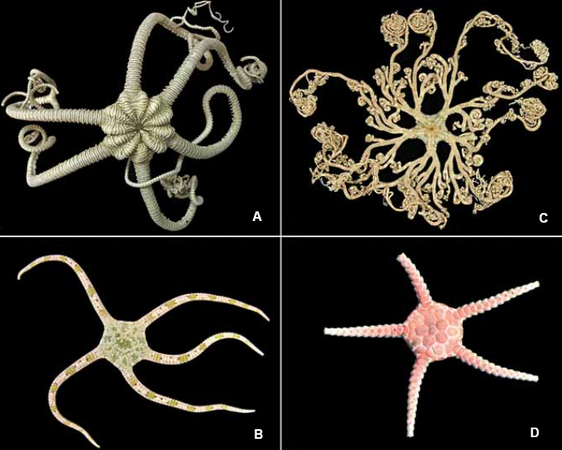
- Triquiuridae: known as whipworms, an appellative that alludes to the shape of the worm that looks like a whip with a wider “handle” on the posterior end. They are the cause of parasitosis known as tricuriasis.
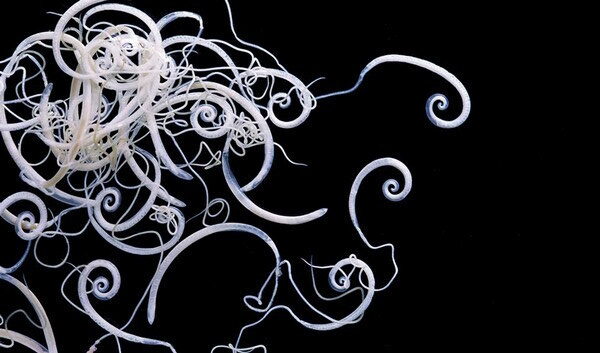
- Shiny golden crinoids: are commonly called sea lilies, due to the branched appearance of their arms. Often they are also called “feathered stars“. This is the group of living echinoderms that is considered to be the most ancient.
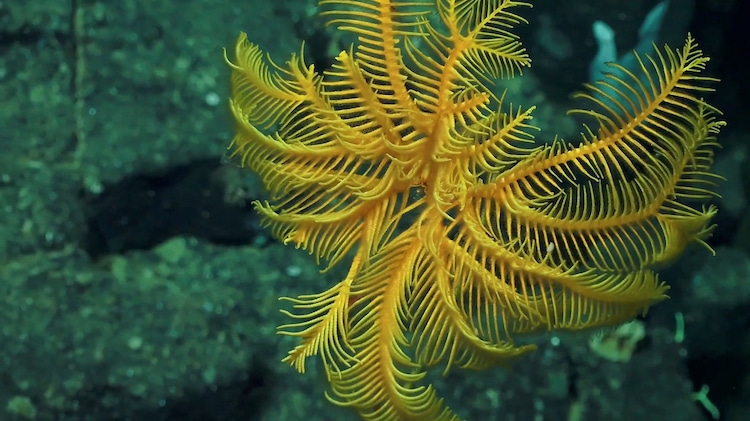
- Black coral at least meters high: considered one of the longest-lived species on Earth, some over 4,200 years old.

Such discoveries demonstrate the scientific interest in knowing what is found in the deep sea of our country. At the same time, it has only one purpose: to document these findings and begin to protect these areas, which are fascinating from a scientific point of view.
Sensorial Sunsets
Navigate articles




